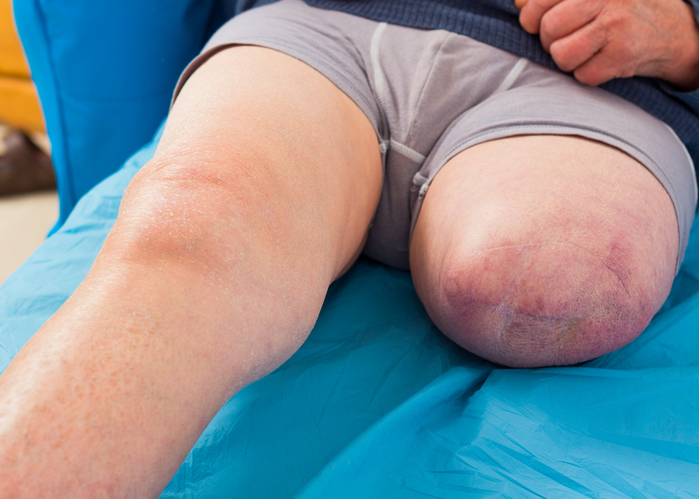Pain
What Is Hypoesthesia?

Hypoesthesia is an abnormal sensory response in which sensation is reduced in one or more body parts in response to a stimulus such as touch, vibration or cold temperature. Partial numbness occurs where and when an individual would expect to feel touch, vibration or change in temperature.
Symptoms
Hypoesthesia is experienced as partial numbness, a loss or reduction of sensation in the body. It may be in one part of the body, such as the feet, along one side of the body or in multiple areas. Hypoesthesia can be a symptom of an underlying condition
Causes
Hypoesthesia is primarily a result of damage to nerves or the result of damage to areas of tissue from lack of blood flow. Conditions which can cause hypoesthesia include, but are not limited to, the following:
- Diabetes
- Spinal cord compression
- Trauma
- Overuse injuries
- Nerve compression
- Infection
- Medication-related side effect
- Multiple sclerosis
- Vitamin deficiencies
- Metabolic disorders
- Autoimmune disorders
- Raynaud’s disease


















